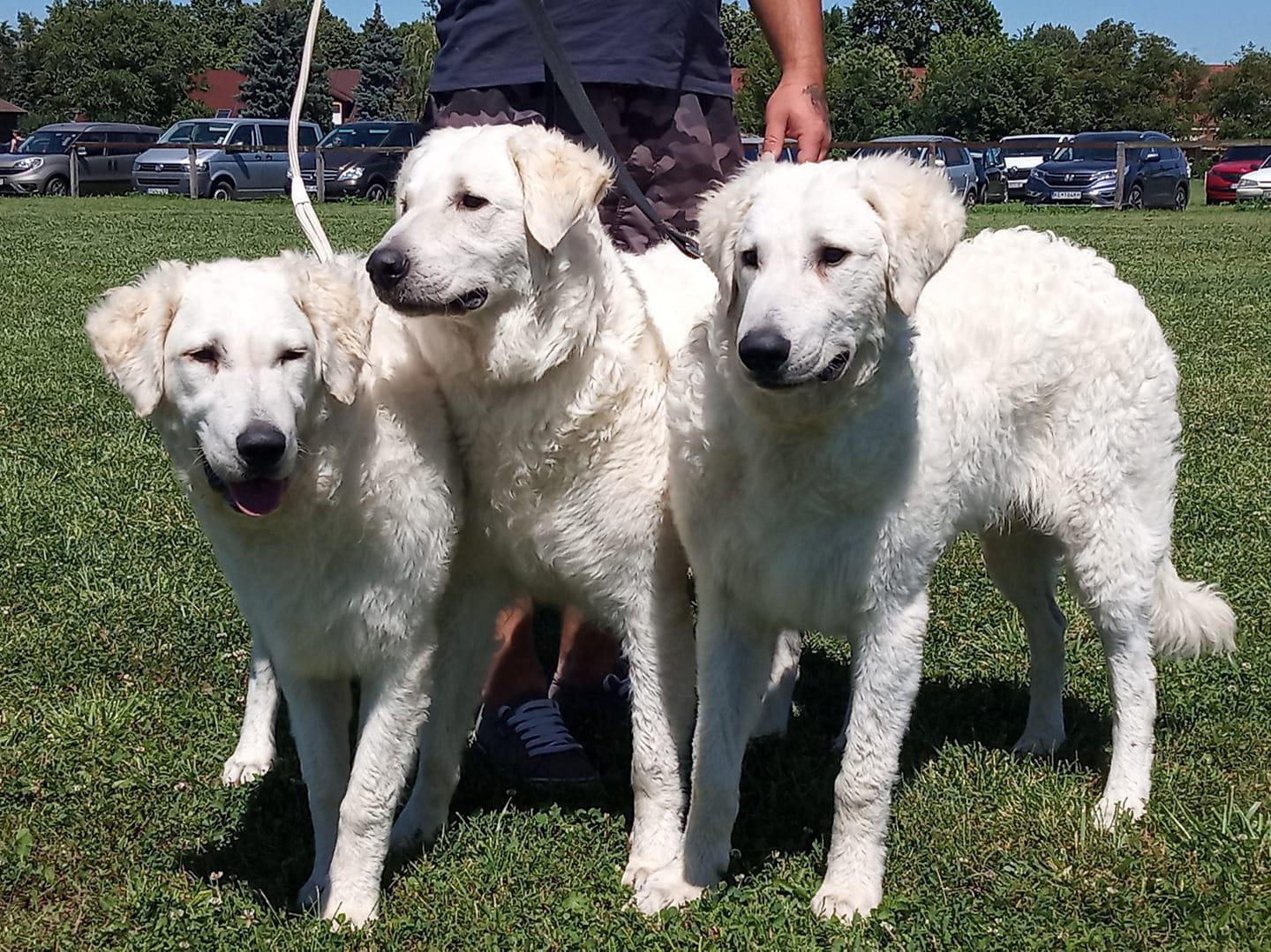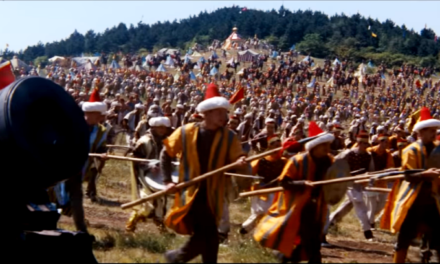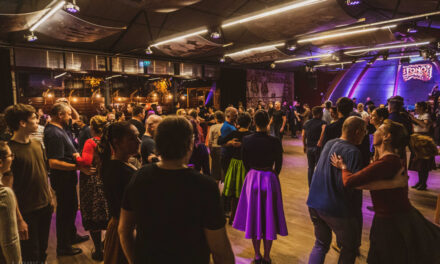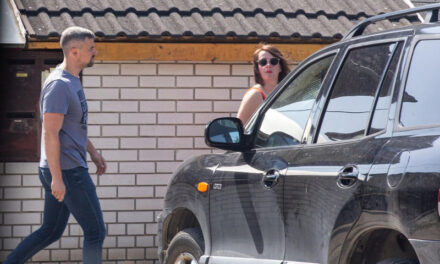Capricious? Faithful? Yes, both at the same time! But it is by no means aggressive, however, if it defends its family, the kuvas will die before giving up the fight.
This is no accident, this free-spirited giant was tasked with protecting flocks, property and people even when our ancestors arrived in the Carpathian Basin!
Findings from the Árpád era and even earlier prove that this ancient breed was with us even then, and that it was even used for bear and bison hunting at that time! This also clearly shows his fearless character; he also bravely confronts animals larger than him when it comes to his owner.
During the time of King Matthias, the lords often received kuvas puppies as gifts, because they were held in high esteem even then due to their excellent qualities and abilities - as they were in previous and later centuries!
It happened at that time that the cattle trade boomed, and the ruminants were driven on their long journeys - they were driven all over Europe on foot! – he was accompanied by the Kuvas and protected from predators and illegals! Yes, they accompanied the gray cattle, also considered Hungaricum, and helped the Hajdús in everything. A guard was provided day and night, and woe to anyone who tried to drive away even a single cattle! In many cases, these very noble-looking animals scared off those approaching with bad intentions just by their appearance.
It is free-spirited, loyal, but not necessarily a one-owner, rather it can be considered a family dog. There are many misconceptions about him, his aggressiveness, and his unpredictability, but most of them are the result of incorrect upbringing and/or keeping, or the result of frequent inbreeding.
It requires a lot of movement, large spaces, since over the centuries, even millennia, it has always had tasks that entailed working in such conditions. Job? Kuvas does not "consider" tasks as work, he is very happy to fulfill his tasks. This may be true for many other dogs, but the Hungarian protector takes special pleasure in it when he is given a task.
And that's really important! He is smart, so he has to be tired not only physically, but also mentally, so that his master can satisfy all his needs. This is accomplished by itself when it is on a farm, among animals, and in conditions corresponding to its original function, but when it is already in a family home, it is certainly more difficult to solve the task; a lot of walks and a lot of exercise should be provided for him. Remember, even a larger garden sooner or later means a very poor environment for an animal that is used to spaces of several square kilometers!
"Once upon a time when all animals
Peace of mind for yourself
Buy; shepherd, plowman sleeps a sweet dream,
Next to sheep rests a weary sheep."
Miklós Zrínyi's "Szigeti veszedelem", the Hungarian defender appears in a gouache form. This is no coincidence, because although there are disputes about the origin of its name, there is definitely agreement that it dates back to before the Árpád era!

Source: Petissimo
According to some sources, it is a word of Turkish origin, and there is also a version that it comes from the Old Turkish küvez, meaning "proud", to which the Kipchak qubas (a breed of dog) is directly related. These, on the other hand, can be directly derived from the Persian word kuwāsa (= quality, wealth), which is the oldest known form of the word, but it is still the most similar to the Hungarian name.
In Zrínyi's time (17th century), it was still a helper for the shepherds (in addition to hunting), but by the 19th century, the importance of silaj animal husbandry decreased, so the task of the kuvasz also changed; he no longer had to protect the flocks and herds, but the farms and estates - from wolves and, of course, from thieves...
At the beginning of the 20th century, interest in Hungarian shepherd dogs was awakened, so the first breed description was written by Géza Buzzi in 1905. Planned breeding has started.
Since after World War I, most of the kuvaz population moved outside the borders, the primary goal then was quantitative reproduction.
The quality selection began under the leadership of Elemér Raisits, and in 1935 Csaba Anghi, Lajos Abonyi and Iván Müller developed the breed standard. The domestic stock was improved with individuals brought from Transylvania. The first breed exhibition was held in 1931 in the county of Abaúj-Torna. The Second World War wreaked havoc among the Kuvas. The first victims of the looting soldiers' machine guns were the dogs protecting the farmer's gate and property.
Therefore, after the Second World War, high-quality breeding had to be started almost from scratch. The kennel named Gyapjús, created by Antal Kovács of the Gyapjúforgalgi Vállalat, played a leading role in this, from which world-famous individuals emerged for a long time. Breeding began with four purebred kuvas in the early fifties, and through strict selection, they were able to set off on their conquering journey in 1956.
Dogs from here were used in kennels all over the world. The most famous Gyapjús kuvasz was Gyapjús Gézengúz, who was the inspiration for the Belle and Sebastien film series, and the loyal protector of writer Cecile Aubrey's little son. She was only seen as Belle in the first episode of the series. Although today the kuvas is considered an endangered breed based on the number of breeding bitches in the pedigree, its fame and popularity are growing!
As an interesting point, it should be mentioned here at the end that in the past there were not only white or slightly ivory-colored individuals, but also reddish, yellowish, and even ord colors, but they were never variegated. Perhaps this is because their skin is darkly pigmented.
For our part, we recommend kuvas to everyone - who can provide the conditions and care that suit their needs - but it should always be kept in mind that because of its independent and determined character, it is only suitable for strong, determined farmers who can satisfy their needs for work and space. It is not suitable for small-area porches or apartments!
Featured Image: Wikipedia













